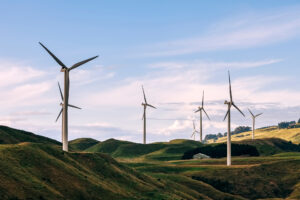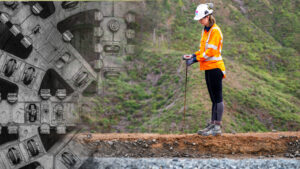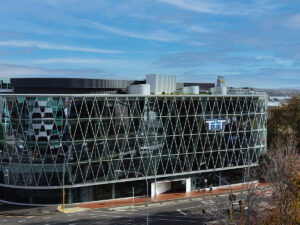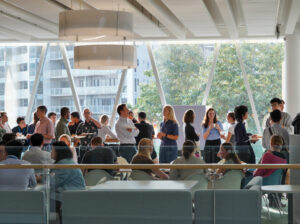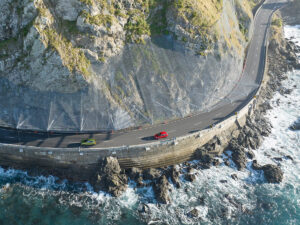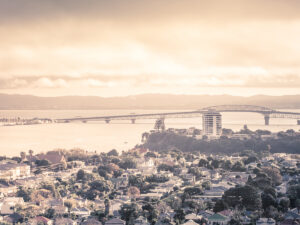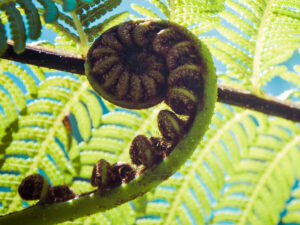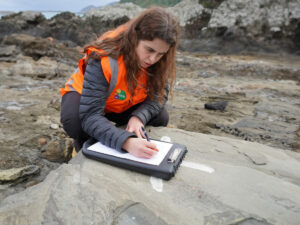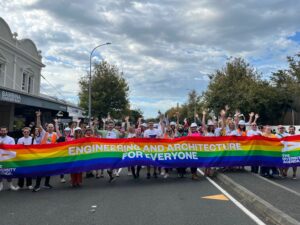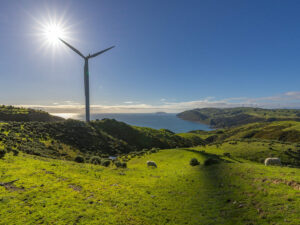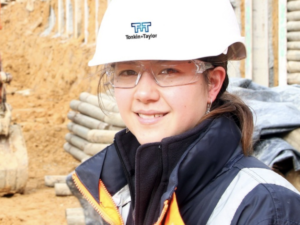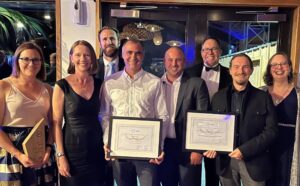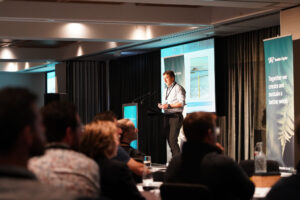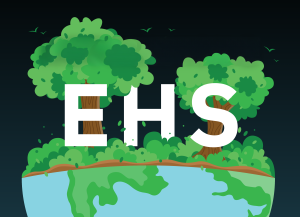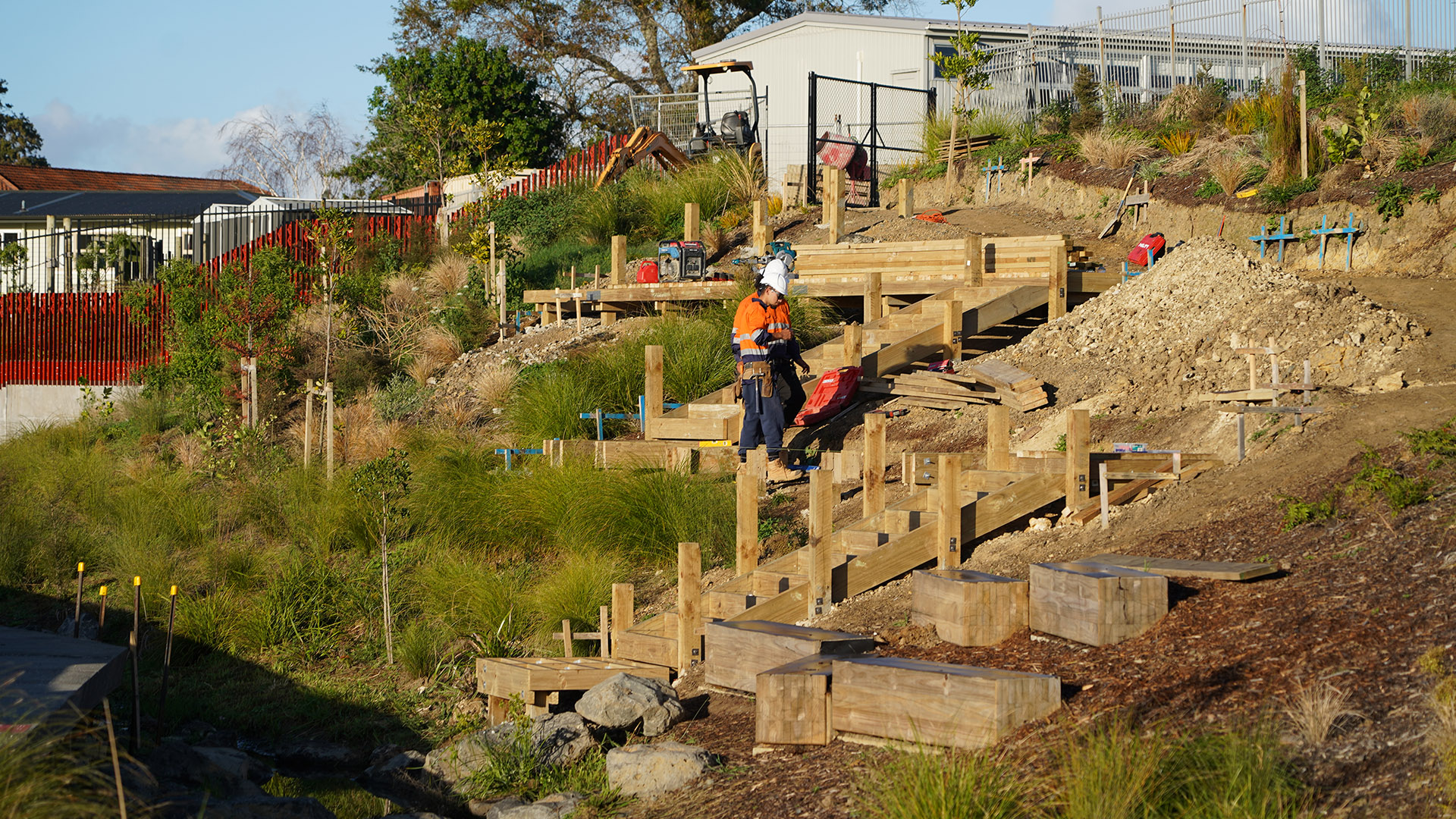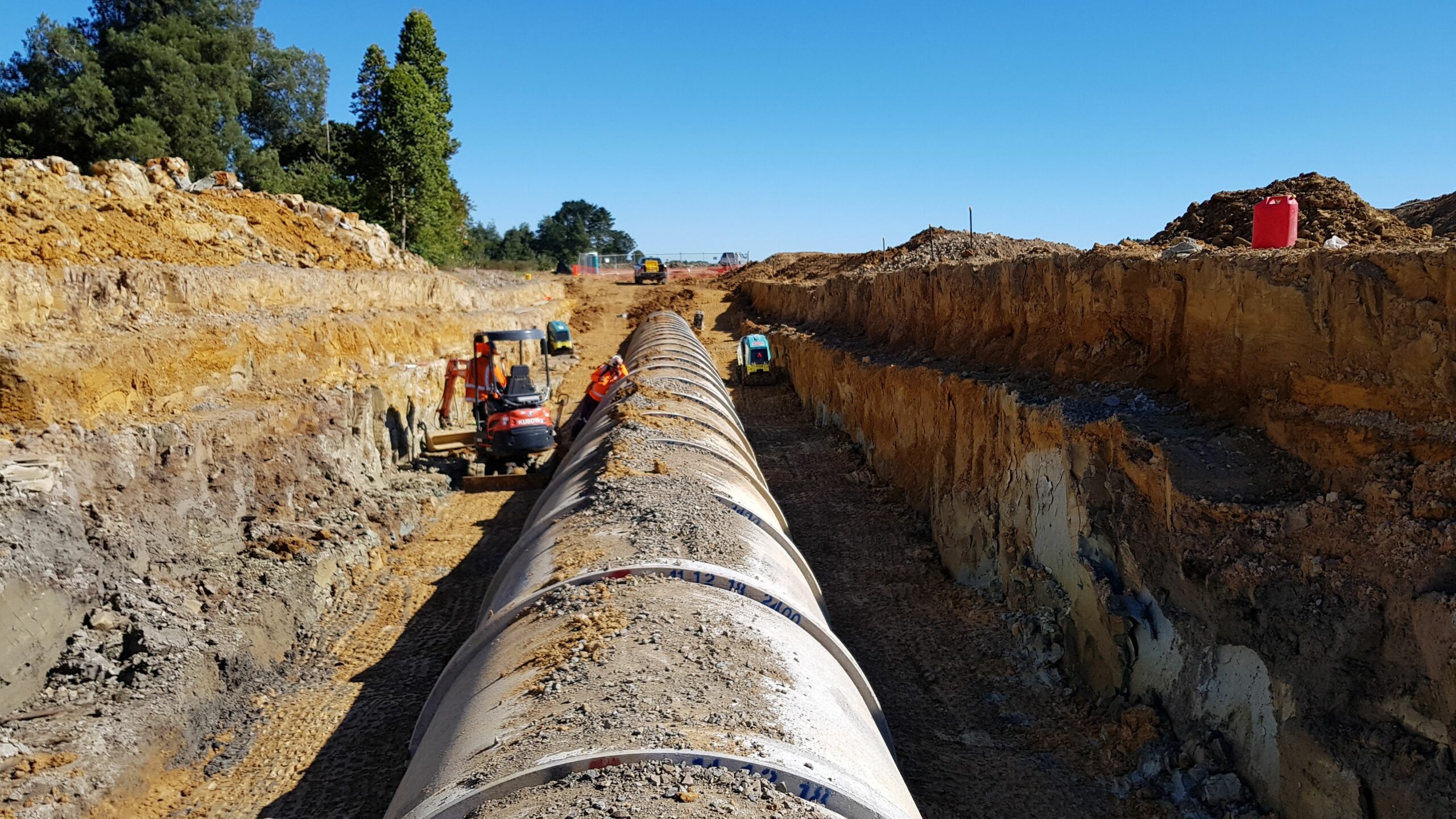Located at the waterline of the Downtown Ferry Basin sits Te Wānanga, a new public space which connects Downtown Tāmaki Makaurau to Te Waitematā. The name Te Wānanga, gifted by Mana Whenua, sets out the aspirations of this public space – a place to meet, discuss, deliberate, consider, and learn.
Conceptualised as an intertidal shelf, Te Wānanga’s form takes inspiration from the historical coastline that has been built up and built over as Tāmaki Makaurau has evolved. It also seeks to restore Downtown Tāmaki Makaurau’s lost marine and terrestrial ecology. Suspended from the deck are the heroic kūtai (green-lipped mussel) floats, which filter the waters of Te Waitematā, providing a glimpse into what the marine ecology once was and what we aspire for it to be again.
Tonkin + Taylor were the lead engineering consultants for this project, responsible for ecology and structural, geotechnical, and civil engineering.
Each design element has a story and a connection to the design vision to create a sense of place that recognises our culture and history. The end result is Te Wānanga, which reconnects downtown Tāmaki Makaurau with Te Waitematā and, according to Mayor Phil Goff, creates a “world-class waterfront” and public space for all to enjoy.


